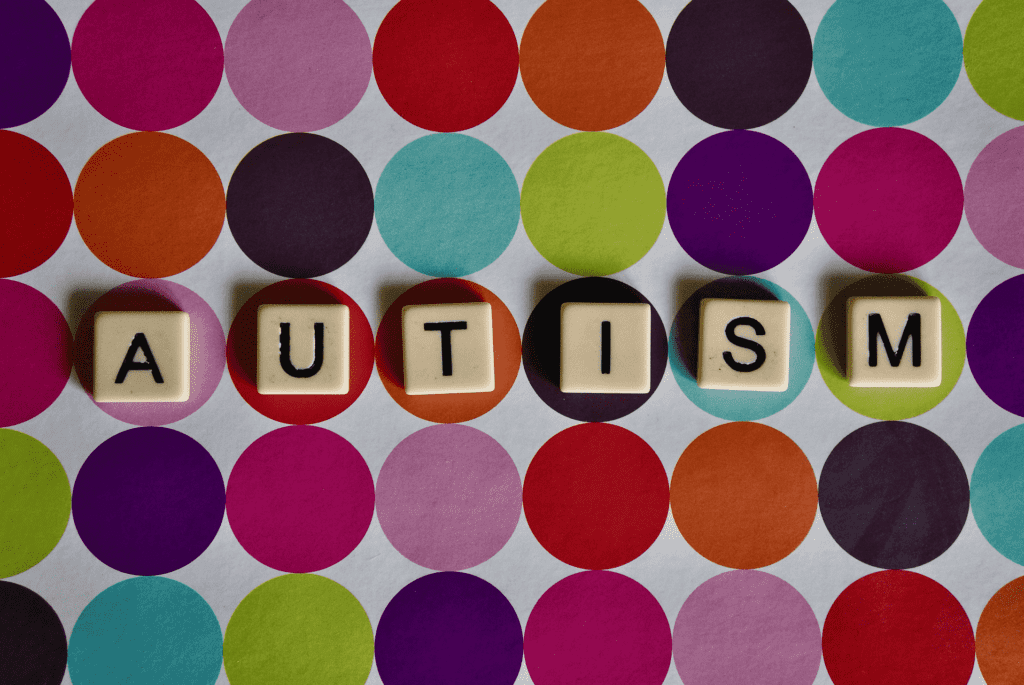Autism spectrum disorder (ASD), or autism, refers to a broad range of conditions caused by differences in the brain. The conditions can be characterized by challenges with social skills, repetitive behaviors, speech, and nonverbal communication.
Because autism is a spectrum disorder, each person with autism has a distinct set of strengths and weaknesses. People with ASD may communicate, behave, learn, and interact in ways that are different from most other people, and from one another.
According to the Centers for Disease Control, ASD is found in people all over the world, regardless of racial, ethnic, and socioeconomic groups. It is 4 times more common among boys than among girls and affects 1 in 44 children in the United States today.
When can Autism be diagnosed?
Symptoms of ASD typically become evident during early childhood, between 12 to 24 months. Diagnosing ASD can be difficult because there’s no medical test. Doctors will look at the child’s behavior and development to make a diagnosis. For the most part, a reliable diagnosis can be made before the age of 3.
Autism has a wide range of symptoms
Symptoms of autism spectrum disorder can vary widely depending on the individual. For some people symptoms of the disorder are mild, while others may have more pronounced symptoms. Symptoms of autism spectrum disorder are divided into two categories:
- Challenges with communication and social interaction
- Restricted or repetitive patterns of behavior or activities
Communication challenges
People with autism may have difficulty with verbal and non-verbal communication. They may not understand or appropriately use spoken language, gestures, eye contact, tone of voice, and expressions. Approximately 45% of children with autism spectrum disorder don’t talk at all. For children who do speak, they may speak in a flat, robotic tone or a singsong voice.
Children and adults with autism may also have difficulty with recognizing their own emotions, as well as emotions and intentions in others. Other communication challenges may include difficulty with expressing emotions, taking turns in conversations, and feeling overwhelmed in social settings.
Hyperlexia
Approximately 84 percent of children with hyperlexia are on the spectrum. Young children with autism may show signs of hyperlexia, which involves reading beyond what’s expected of their age. Some children with autism may begin reading as early as 2 years of age. Young children with hyperlexia may be obsessed with certain letters and numbers, and may learn by repeating specific pieces of information.
Restricted, repetitive behavior
People with autism may also experience symptoms related to body movements and behaviors. Restricted and repetitive behaviors can vary greatly across the autism spectrum. They can include repetitive body movements, staring at lights or spinning objects, narrow or extreme interest on specific topics, and need for unvarying routine.
Ritualistic behaviors
One common symptom of autism spectrum disorder is ritualistic behaviors. Children and adults with autism may repeatedly touch objects in a set order or line objects up in a set order. They may also keep favorite objects in specific places, drink from the same cup, or ask the same questions and always need specific answers.
Sensory sensitivity
Many people with autism may have sensory issues. These typically involve over or under sensitivity to noises, lights, touches, tastes, and smells.
Many autistic people experience hypersensitivity to bright lights or certain wavelengths (LED lights, for example).
The bottom line
There’s no way to prevent autism spectrum disorder, but early diagnosis and intervention can be very helpful to improve behavior, skills, and language development. Children and adults with ASD may benefit from being enrolled in ASD therapy programs.
If you suspect your child or loved one has ASD, talk to your doctor or healthcare practitioner to begin the diagnosis process.
